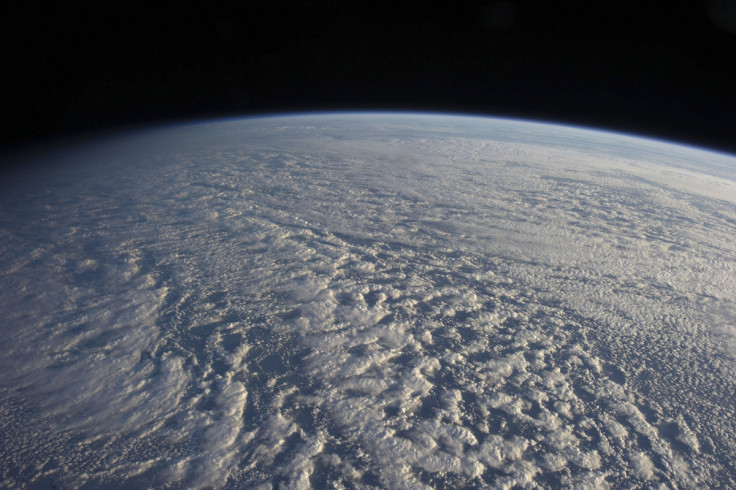What will the Earth be like in 10,000 years? Science explains
Using what we know of life, astrophysics, and biology, it is possible to predict extended timelines of Earth.

The Earth is constantly changing and it has been this way since the time it was first formed in the early years of the birth of the Solar System. What though is in store for the planet in the distant future?
There are a number of predictive models that let one gaze into the future. And this is not science fiction, future technology kind of timeline modelling, rather one that is based on current knowledge and data. Fields of study like astrophysics and evolutionary biology and all the information that is now known about life on Earth allow predictions that stretch thousands of years into the future. Science Alert details what the Earth will look like and be like 10,000 years from now and the revelations are quite astonishing.
First of all, the largest continuous ice shelf on the planet will no longer be there. The eastern side of the Antarctic would have fallen and melted into the world's oceans, raising sea levels by up to three to metres evenly over the planet. The coastline will also be vastly different from what it is today, considering the rising sea levels.
Humans might no longer be around to worry about all the rising sea water, though. The report mentions the Doomsday proposition by Australian theoretical physicist Brandon Carter who argued that there is a 95% chance that humans will no longer be alive on Earth in 10,000 years.
While the debate on whether or not humans will be around at that time is still on, and it seems to be quite a raging one, if they do still manage to survive, genetic variations will have completely vanished, notes the report. While people will not look the same or alike, genetic variations like the colour of skin, eyes, hair, and such features will be evenly distributed throughout the planet.
Even the time kept today will be completely out of sync with the sun. The widely used and accepted standard, the Gregorian calendar, will be off by 10 whole days. It is likely that the Earth faces at least one stellar explosion in the meanwhile. The red supergiant star Antares is expected to go into a supernova that is bright enough to be visible even during daytime. On a side note, Antares is actually due to go into a supernova explosion at any time now. It might be even possible to see it within this lifetime, but it is sure to happen within the 10,000- year timeline.
If the timeline is stretched to 13,000 years, the Earth's axial tilt will have reversed, flipping the seasons between the northern and southern hemispheres.
Also, Neil Armstrong's footprints on the moon will remain there for over a million years before it gets eroded, notes the report. The Voyager spacecraft, Pioneer 10 and 11, and the New Horizons will continue their journeys into the unknown, far into space.





















